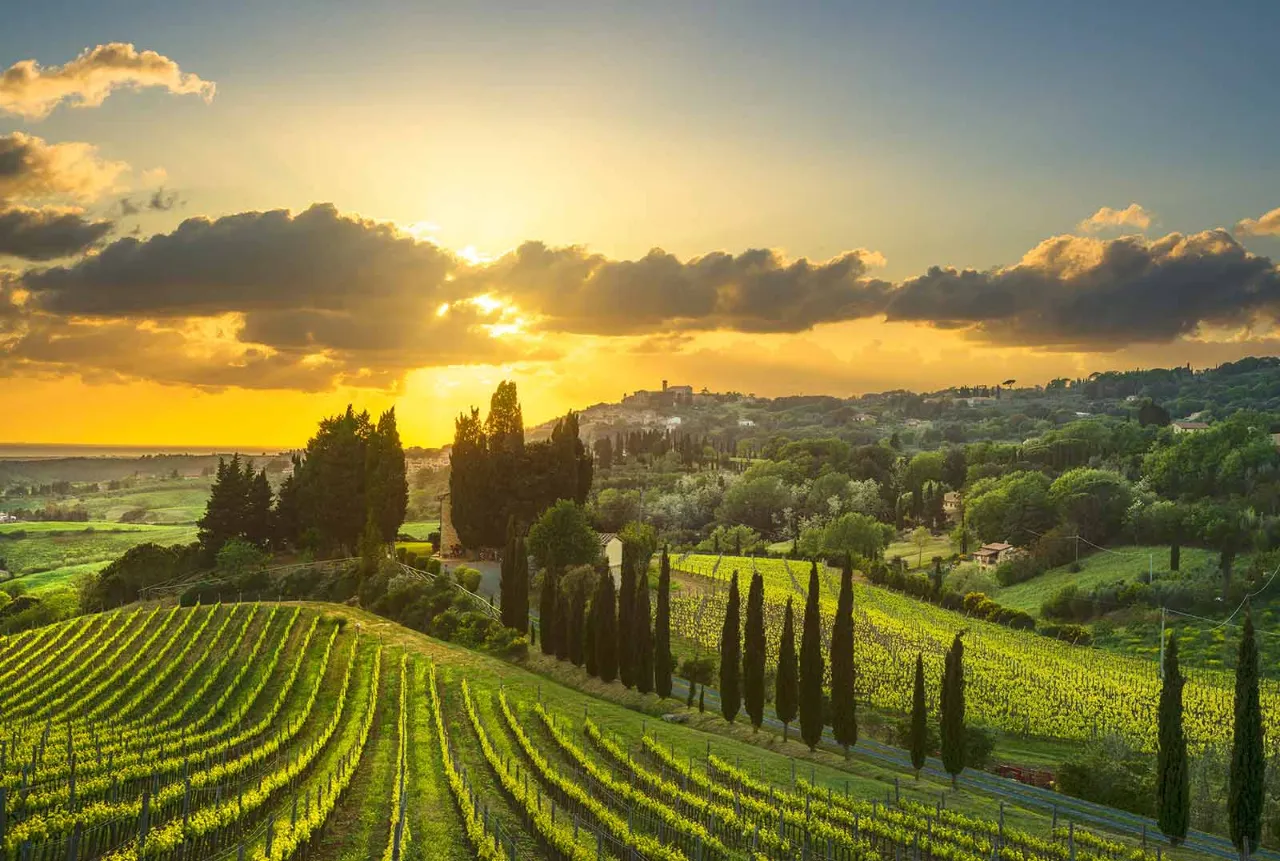The Prosecco we know and love today came from the village of Prosecco, a suburb of Trieste. The word “prosecco” is actually Slovenian, from prozek, or “path through the woods”. Today, Prosecco production extends beyond the small village, but this is where it all began. Prosecco is exclusively produced in the area spanning across nine Provinces in the Veneto and Friuli Venezia Giulia regions.
Prosecco is made with Glera grapes that are cultivated and vinified on the hills of Valdobbiadene where the famous Valdobbiadene Prosecco Superiore DOCG is born. The Glera grapes were already grown in Ancient Rome.


The perfect Prosecco serve:
Sparkling Wines:
During the last steps of winemaking and unlike still wines, sparkling wines including Champagne, Prosecco and Cava will add a small amount of sugar, usually in the form of concentrated grape. For this reason, sparkling wines will consistently offer the sweetness level indicated on the bottle qualified by Brut, Extra Dry and Dry.
Cellaring wine:
The ideal wine storage temperature is between 12-15°C. Prosecco bottles should be stored standing




Types of wine glasses:
A Prosecco should be served in a nice white wine glass or a Tulip glass. They are generally more suited for richer or fruitier sparkling wines like Prosecco. A Standard serving of wine is 150ml and a standard bottle is 750 ml which contains 5 servings of wine.
Storing an open bottle of Prosecco:
To keep your bottle of Prosecco fresh after having opened it, we advise to store the bottle between one to three days maximum in the fridge with a sparkling wine stopper.

jayagolfb2025
